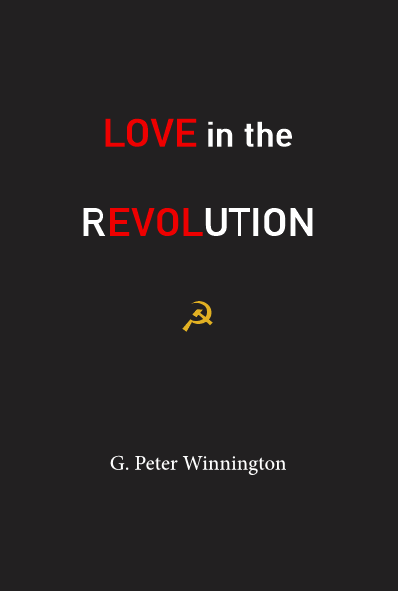Max Eastman spent two years in Soviet Russia. At the last moment, just before his train departed, he married a Russian girl, enabling her to leave the country with him. She was the secretary of Maxim Litvinov, the deputy Minister of Foreign Affairs. (He was married to an English woman, Ivy Low, and their lives are recounted in the last chapter of the book.) They remained together for the rest of their lives. Her brother happened to be Russia’s Deputy Commissar of Justice and assistant Procurator General, the notorious Nikolai Krylenko, who in the name of revolutionary justice ordered the execution of countless innocent people.
In 1917, between the February and October revolutions, Arthur Ransome – later a famous author of children’s books, but at the time just a newspaper correspondent in Saint Petersburg – managed to obtain false passports for twin girls and their granny so that they could flee to their native Poland. One of the girls went on to marry an Oscar-winning composer, while the other – well, you’ll have to read the book. Ransome himself then fell in love with Trotsky’s secretary. The Foreign Office agreed to put her on his passport, so she could escape, knowing full well that he was already married. Once divorced, he married her.
In the autumn of 1913, the British Ambassador in Saint Petersburg invited Diaghilev’s most famous prima ballerina to a party. There she met the Embassy’s Head of Chancery. They fell in love and, although she was already married, had a child together. Five years later, having finally obtained a divorce, she married her diplomat-lover. Then they and their little boy made a nail-biting escape from Soviet Russia, by horse and cart, arriving at the coast with five minutes to spare. Once in England, she co-founded what became the Royal Academy of Dancing, and coached some of Britain’s most famous ballet dancers.
These are just three of these stories.
Many have been told
before, but mainly in fragments and in different places. In addition, there is much
in this book that is quite new.
